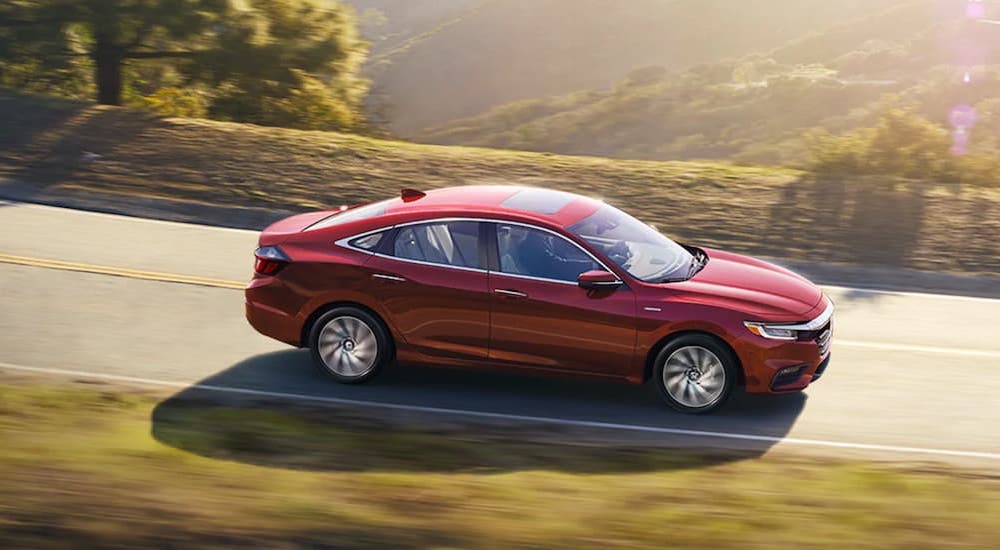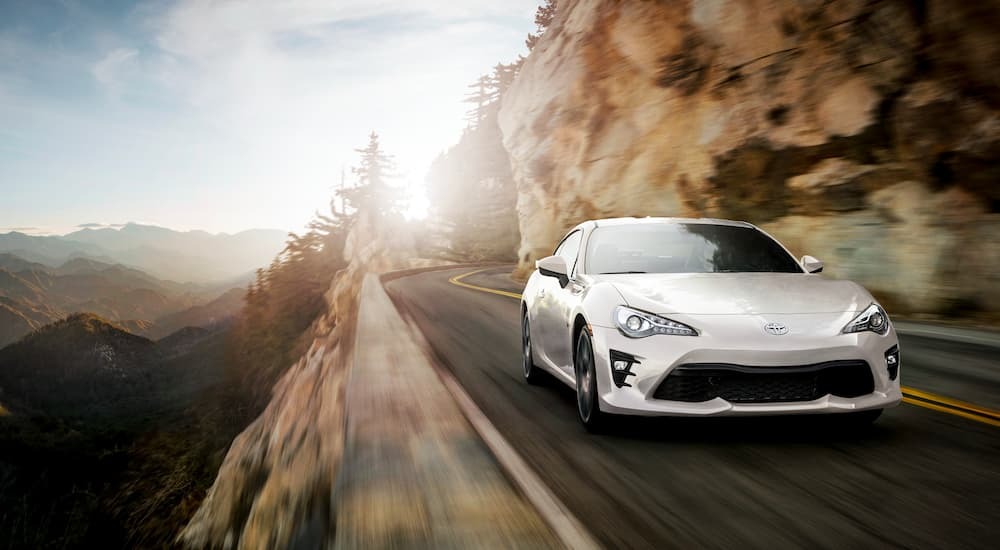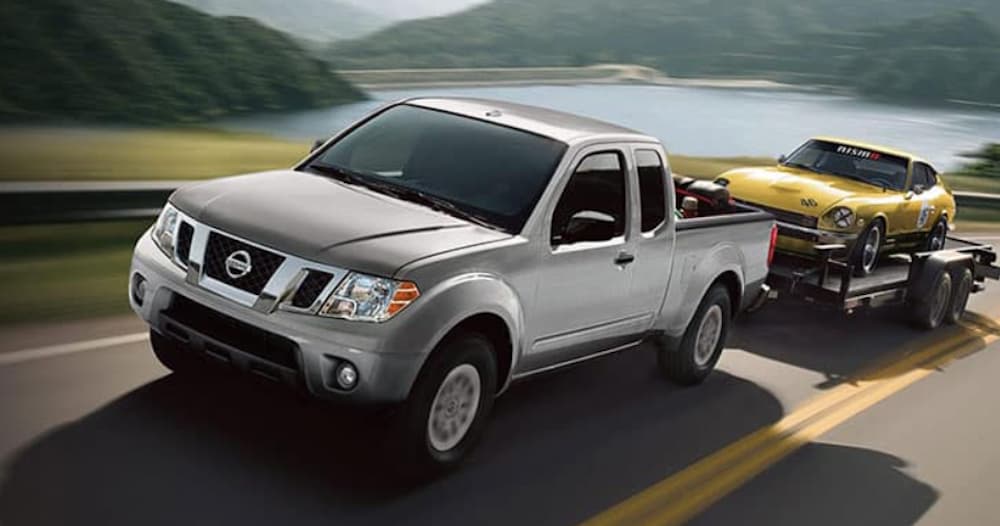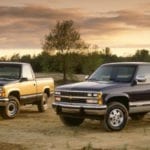Being a consumer and finding adequate transportation can be difficult at times. While the search for the ideal vehicle has always been a daunting ordeal itself, recent events in the world that are far beyond our control have hindered the process even further. Even with restrictions being lifted in a post-pandemic world and life returning to a state of relative normalcy, there are other determining factors that have made the purchase of a vehicle difficult. Since 2020, a worldwide microchip shortage has limited the production quotas of several automobile manufacturers. But the same is not true at a used car dealer.
Today’s vehicles are more complex than ever. With so many different driver assistance and safety features becoming available, the necessity for microchips and onboard computers has become more essential than in years prior. Because the economy we live in is based upon the fundamentals of supply and demand, this means that the limited number of new vehicles have a good chance of coming with higher MSRPs. If you’re living within the confines of a budget like so many others, this news can come across as quite alarming. However, there is a way to avoid this dilemma. Purchasing a used vehicle can allow you to acquire a vehicle of high quality that will accommodate your needs.
The choice to buy used is one that once had a stigma attached to it. More often than not, the term “used” implies something that’s been cast off because it outlived its usefulness and therefore lacks the quality of a brand new product. But I assure you, this is not the case, and purchasing a previously owned or refurbished item is a great way to achieve a quality of life while being mindful of cost and living within your means. Avoiding the larger-than-average MSRPs that you might encounter when buying new is one of the best choices you can make at this time of relative uncertainty.

Used Dealerships Offer Quality
Once again, the basic fundamentals of a consumer-based economy come into play when addressing the quality of used cars you’ll find at a dealership. As I previously mentioned, a limited supply of new cars means that the high amount of demand that’s already present leads to higher MSRPs in order to maximize profits. Now, if the basics of economics apply to new cars, then they apply to used ones as well. And of course, this benefits you, the average consumer.
With the limited supply of newer models, dealerships will naturally need to satisfy the demand of consumers by offering them viable alternatives that are of the same quality. Because several people lease vehicles for limited lengths of time and trade in their vehicle to upgrade their current method of transportation, this means that several of the used models you’ll encounter have advantages such as low mileage and minimal wear and tear. Plus, they’ve likely been restored and inspected prior to being put back on the market for resale. With more consumers seeing the advantages of buying used, dealerships will have to keep a supply on hand whose quality is up to speed with the high standards of the public.
Another aspect to consider when buying used is what features are included with the vehicle you’re looking at. Ever since the microchip shortage began, the production quotas of several manufacturers have been limited. This also applies to many of the technological features that have been offered in recent years. If you go to purchase a car manufactured in the current model year, you might be surprised by how many models conspicuously omit certain features. Therefore, buying a used vehicle that was manufactured in recent years before the shortage took effect will likely have the same advanced features as a newer model—and in some cases, maybe a few more.
Being More Open about Your Options
When it comes to purchasing a used vehicle, it’s important to remember that a higher demand means that availability will be limited on certain makes and models. For example, vehicles such as the Toyota Corolla and Honda Civic tend to have high resale values and sell out quite quickly due to their heightened demand. With the fluctuating price of fuel being what it is, many consumers are opting to “go electric” and purchase either a hybrid or electric vehicle to avoid paying too much at the pump. The Toyota Prius, Chevrolet Bolt, and some of Tesla’s lineup have been hot items on the used market.
Because of this, it’s best to keep your options open as far as what you decide to purchase. For instance, the Ford F-150 is one of the top-selling pickups in the United States. Finding a used one might present itself as a challenge because of the demand.
However, there’s a factor related to cost that benefits you in your search. All vehicles, no matter what make or model they are, depreciate in value once they’re sold and driven from the lot to someone’s driveway. This means that the going rate for certain vehicles can drop considerably in a few short years. While you might be hard-pressed to track down a Ford F-150, a truck like the Nissan Frontier is always available in considerable numbers and has a steady depreciation value.
Brand loyalty is admirable and we all have our own manufacturer that we always count as our favorite. However, with the matter of supply being what it is, options and alternatives have to enter the conversation as well. If you’re in the market for a subcompact SUV, shop around. You might not be able to find one from your favorite particular brand, but you’ll have no trouble finding another one that suits your needs.
Purchasing any vehicle, especially in a day and age where fuel prices are about as predictable as the weather, it’s important to remember to keep your focus on practicality. If you find something that’s in your ideal range, there are plenty of resources available to help you make an informed decision.
If you’re concerned about safety, consult the tests performed by the NHTSA and IIHS. If you’re looking to get the most out of a fill-up, the EPA measures fuel economy in an extensive testing process for each power and drivetrain option. Consumer Reports issues an annual guide to which vehicles have the best features and qualities that consumers look for. It’s also important to remember that any used vehicle purchase should be accompanied by a CARFAX report. As a consumer, you have a right to know the detailed history of anything you might purchase.
Saving Pennies and Avoid Elevated MSRPs
Keep an eye on the used vehicles that come available in your area; you can reap the benefits of what they have to offer. Aside from some offering such features as conservative fuel consumption and innovative safety features, you’ll be saving money in other ways, too. When it comes to your monthly insurance premiums, you’ll find that insuring a used vehicle is much cheaper. Many vehicles that are purchased brand-new require full coverage on top of a pricey monthly payment—which, along with the current fuel costs, can make the total add up rather quickly. Opting to buy used is an excellent choice, so make the practical purchase and get back to enjoying driving to its fullest.





